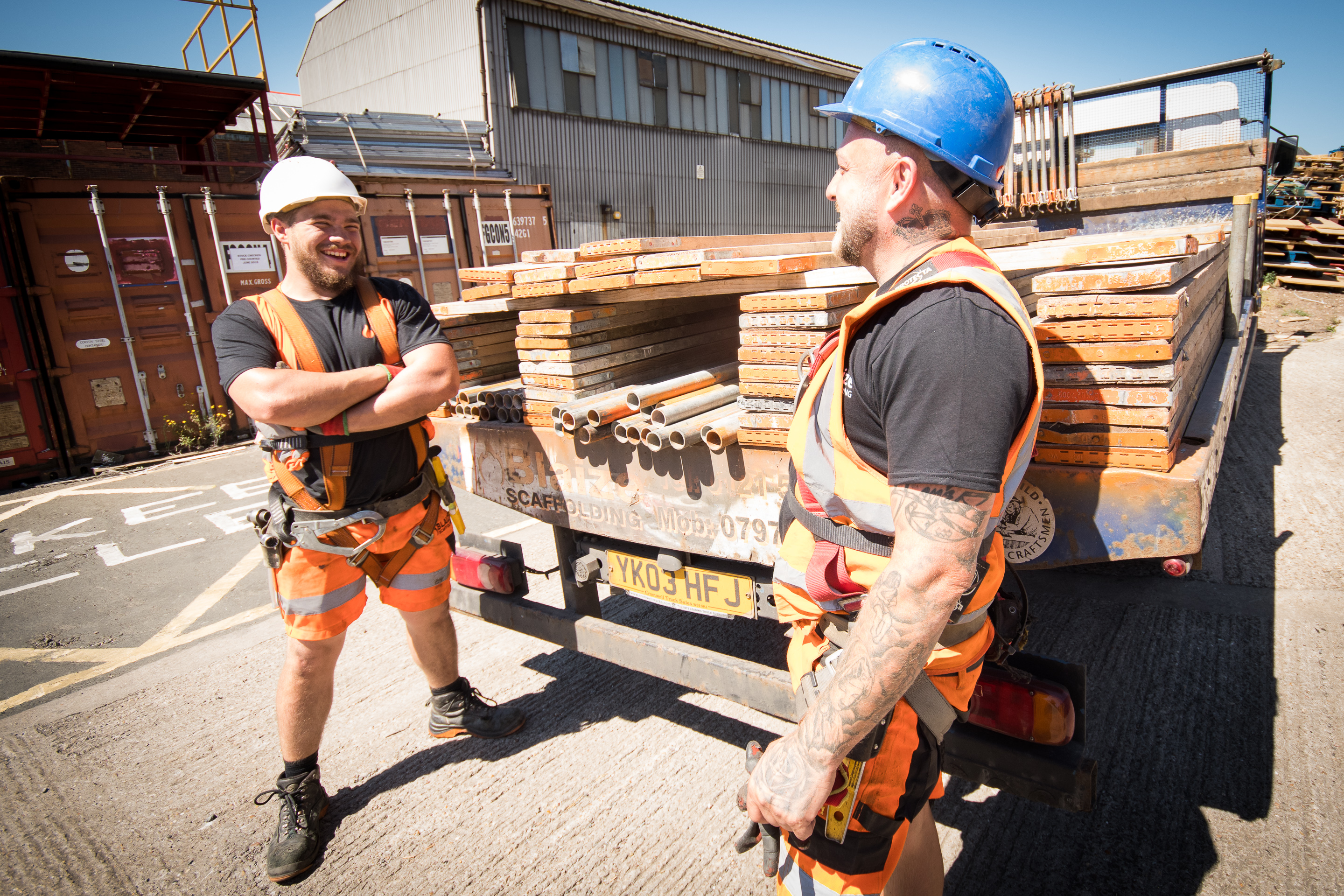Safety is extremely important for work involving heights. That’s because falls from heights are one of the most common causes of major injuries in the UK, whether it’s falling from ladders or falling through a fragile surface.
Scaffolding can mitigate many of the dangers of working at heights. It’s a very safe, stable and workers can walk across it safely. Furthermore, scaffolding can be used in a variety of activities, including construction, repair, maintenance and inspection. In this blog post, we’ll look more closely at the situations when scaffolding can be used, starting with construction.
1. Construction
In the construction industry, falls from heights are always a concern, given that new buildings are often so tall. So it goes without saying that scaffolding should be used on construction sites, not just to protect the workers but also to protect the public below from falling objects.
2. Window cleaning
Most window cleaners use a ladder to reach high-up windows (or a rappel rope if they’re feeling really adventurous). However, it’s easy to fall from a ladder, especially one that’s just propped up against the side of a wall. The Health and Safety Executive also advise against using ladders for certain types of work – they say that ladders should only be used for “low-risk, short duration work and where a risk assessment shows that other more suitable work equipment cannot be used due to the layout of the work area.” In other words, if the window cleaning is high-risk or will take a long time, then other methods should be considered instead – such as scaffolding. Indeed, scaffolding is much more secure and lets window cleaners do their job more efficiently.
3. Painting a building
Painters, like window cleaners, often have to work at heights, which is why safety is so important. A ladder alone isn’t always safe to stand on, especially when there’s a wind blowing or area to be painted is very high. Scaffolding, on the other hand, can support painters in their jobs and make it easier for them to access all the hard to reach places that need a lick of paint. So when it comes to painting buildings, scaffolding can be very convenient.
4. Home improvement
Scaffolding isn’t just for businesses – it can be used at home as well. An example of when you might need scaffolding on your house is if you were undertaking a major home improvement project, such as installing a solar panel to your roof. You’d also want scaffolding if you were doing a loft conversion or extension, for example, or extending your guttering. Of course, you don’t need scaffolding for every job – but depending on the scale of the task, scaffolding might be a good idea to ensure everyone’s safety.
5. Building inspections
Buildings often need to be inspected to make sure they’re safe and up to code. These inspections require the installation of safety equipment so the inspector can get a proper look at the building, and this equipment often takes the form of scaffolding. Sometimes, scaffolding is vital when an inspector or engineer has to come out to survey a building, which makes building inspections another time when scaffolding should be used.
Scaffolding by Blaize Scaffolding
Our team at Blaize Scaffolding can provide you with world-class scaffolding services that comply with all health and safety regulations. Whether you need scaffolding for a residential, industrial or commercial building, our dedicated scaffolders are here for you.

